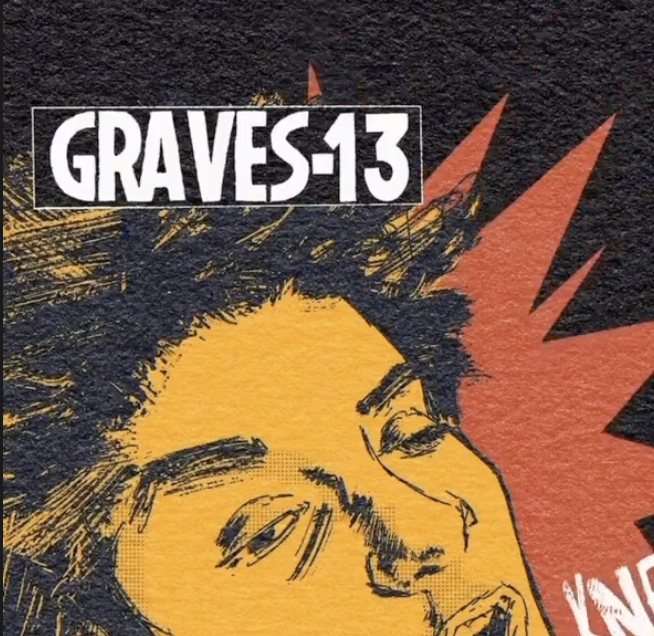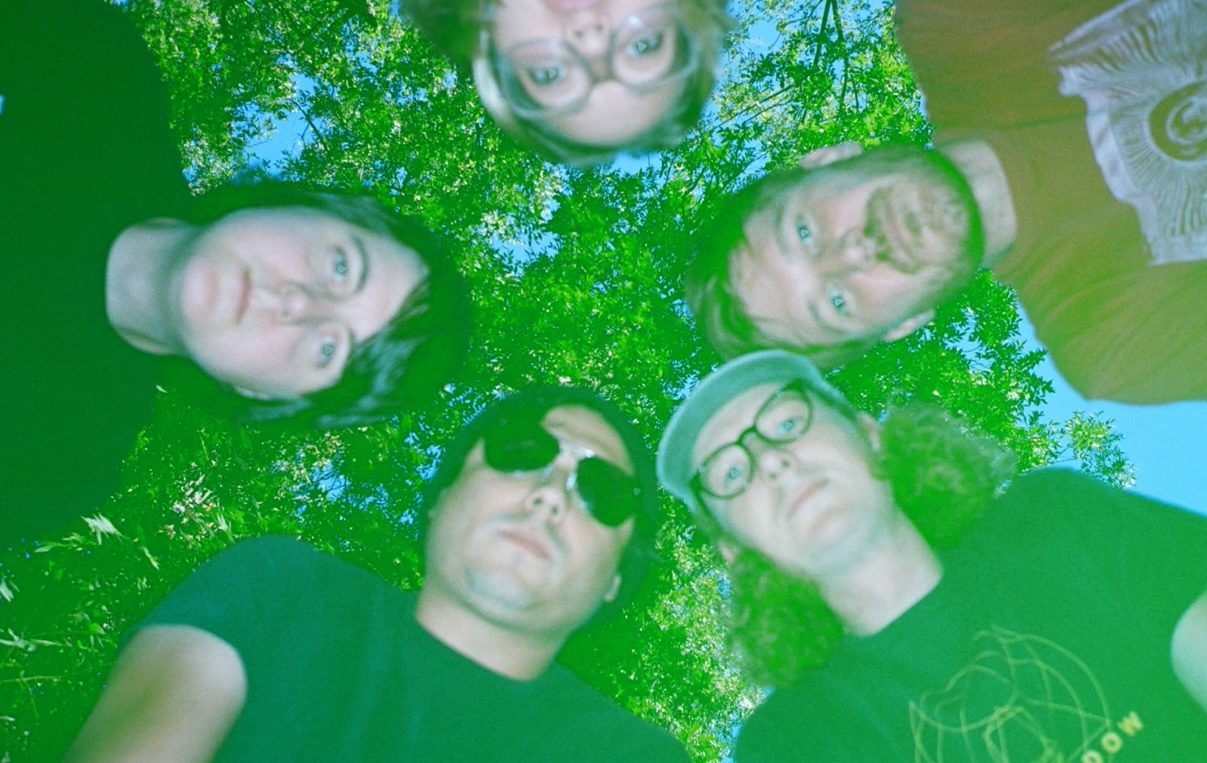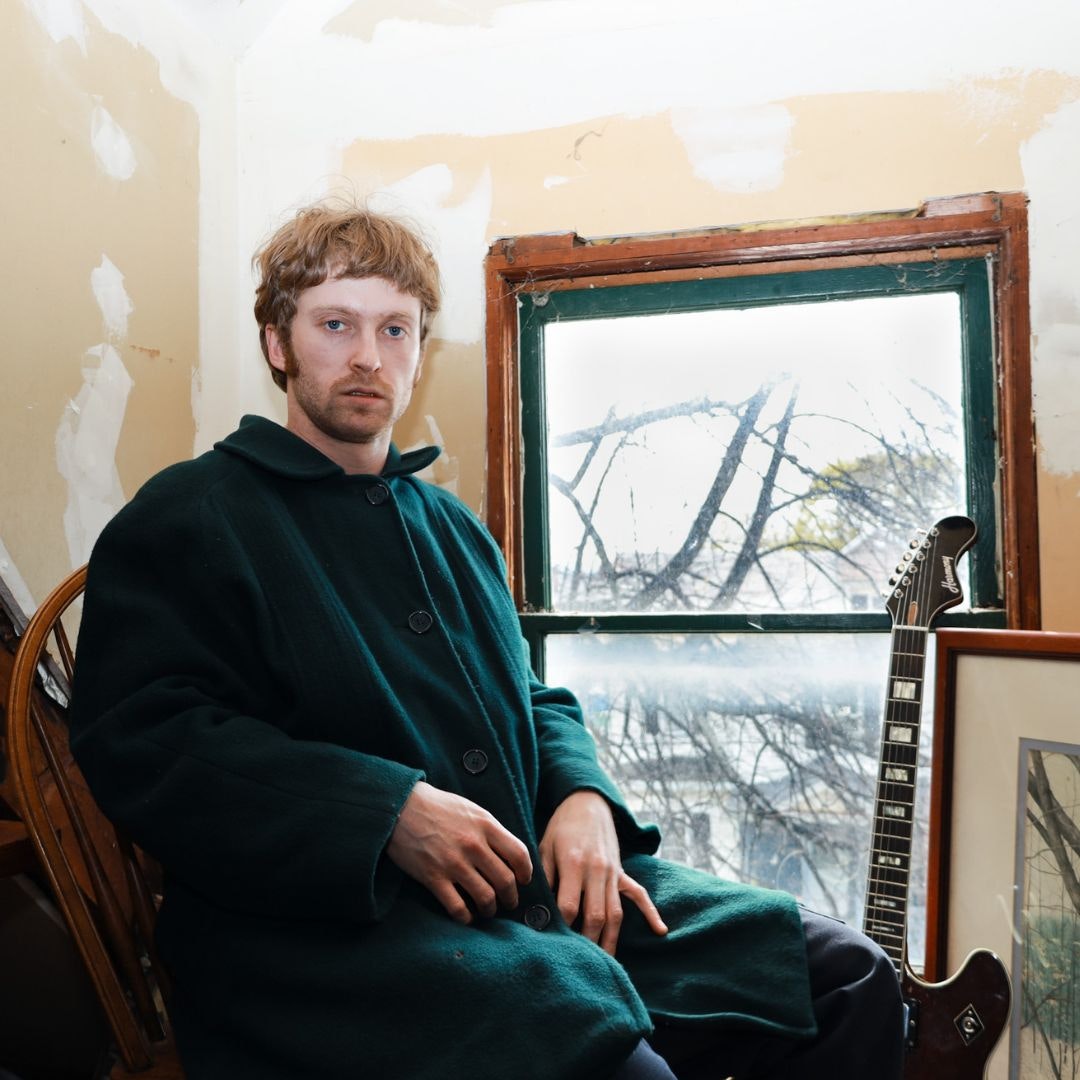Your cart is currently empty!

Q&A + What’s New: Sontag Shogun
Sontag Shogun is an experimental collaboration that plays with field recordings, pianos, and the conceptual limits of composition. Their latest effort “It Billows Up” is an intellectually dense exploration of space and sound that is like, way far out, man. We caught up with Ian, Jeremy, and Jesse of Sontag Shotgun through a series of emails and had the opportunity to hear about the new record, and their take on experiencing emotions through sound.

Who are you listening to at the moment?
Jesse: I can’t stop listening to the latest Dawn Richard record New Breed. It’s so damn soulful, uplifting and spacey. I also keep flipping this Antti Tolvi record Pianoketo over and over again. A beautiful meditative piano record from one of the goofiest men I have ever had the privilege of spending time with.
Ian: My 2-year-old is really vibing on the Talking Heads, which is a real upgrade from Raffi. Right this second, I’m listening to “Ode to a Nuthatch” by Bibio.
Jeremy: This week: Gordon Grdina’s The Marrow, Erasmo Carlos, Lizzo, Hulda Huima, Bedhead, Blevin Blectum.
Who would you say was your biggest influence for this record?
Jeremy: Jesse.
Ian: Jeremy.
Jesse: Ian.
Y’all say in your bio that Sontag Shogun “makes use of analog sound treatments and nostalgic solo piano compositions in harmony to depict abstract places in our memory.” Are you talking about specific moments you yourselves have experienced, or a more general depiction of what you believe society’s memory to be?
Jesse: I pull from specific moments literally when I use field recordings so on my end, every sound I use is indicative of a personal experience. When those sounds are layered, the memory becomes layered, confused and surreal. it’s not a statement on society’s ability to remember, but more of a reminder that all memory is just a painting we make with these little snippets and feelings that we try to brush on the canvas to paint a beautiful picture of what our lives are worth and how our experiences hold up. I think at times we just wet the brush for the listener and offer up a pallet of fresh paint.
Ian: The memories often lie among the tangentially possible. I remember a time when we were playing live and this tape loop answering machine message came on (triggered by Jesse), and I became the person who’s memory it was even though it wasn’t my memory in any concrete, measurable way. But I felt the emotions of it as if it were mine, and the imagined way it cascaded down an alternate life that I supposed I might be living at the time, meaningless in its specificity but so meaningful in its existence. And it made me feel a little outside of myself and closer to others because of it.

Would you say Sontag Shogun has a definite leader for each track or is most of your music more of a democratic and collaborative effort?
Jesse: “Collaborative” is definitely the name of the game. while Ian will often come to the table with a new piano piece he’s been writing alone and we workshop it together, building layers, dynamics and generally transmogrifying it into the beast it becomes, we often trade off in terms of process. Our previous record stemmed from Jeremy and I making textural bits and sending them off to Ian to write piano vignettes in reaction to the sonic space we gave him.
Jeremy: I would even take it a step further to say that because there is no clear leader, we’re all leaders of specific moments, and we’ve grown over the years to be able to nonverbally communicate with one another both when we perform set pieces and improvise to read each other’s gestures on stage in every moment. I know exactly what Jesse might do next because he’s given me hints in his sounds or processing trees, so I can use that to coordinate my next sonic gesture, etc. It’s a shifting leadership role that I think audiences can pick up on when they see us perform, even if they might not exactly know it.
There are a lot of field recordings weaving in and out of your tracks. What would you say came first more often, the field recordings or the music? Did you record them yourselves or did you choose them from another source?
Jesse: I try not to use any field recordings i didn’t personally capture. i think these moments in time or sonic environments can often set the tone and mood for a piece of music but we don’t often find ourselves saying “okay, this song is about an old man ranting in the park”, rather i will bring that in during rehearsal or while improvising on stage and see how they react to the mood.
Jeremy: Same goes for me, all my tapes are made with sounds I went and captured. Every now and then I reach for a tape loop of a cow grunting at my microphone from close up in Gruyere, Switzerland and whenever it comes on I laugh a little bit to myself because I remember that exact moment like it was yesterday. We also record our friends a lot, our song “no.6 (Coils)” off the Patterns Outtakes EP is a great example of us just letting the tape roll while spending time with our closest friends, and then collaging bits of conversations together to create a slightly more abstract, open-ended feel.
It’s not a “document” of anything per se, it’s a feeling, a galaxy, a fragmented fleeting reminiscence, the moment pencil hits paper or the shadow of a flower appears on a wall. It’s half a bottle of mezcal, bike grease fingers, it’s “ah man I gotta run, but text me about that thing…”
This record has a variety of textures and directions. Can you shine some light on some of the specific processes of recording and writing you used for the album?
Ian: As with many of our live shows, It Billows Up is constructed as four waves. Each wave had a slightly different development process, involving a combination of composed, organically conceptualized-in-the-writing-process, and on-the-spot improvised elements, but all of the material on this record was fleshed out live on tour over the course of about two years. Because this process is so deeply ingrained in our working methods now, this album is probably the most collaborative and democratic one we’ve done to date, as well as the most organic, as the entire thing was performed live in the studio, with us responding and replying to each other in real time.
Jeremy: Yeah this is essentially a “live record” in that we barely went back and did any overdubs. There are imperfections in here, there’s open space like there would be in a live show and not every moment on the record was slaved over and scrutinized. On Patterns For Resonant Space, we wanted to try to respond abstractly to a “sense of place” we felt in Montreal after two days of recording at David Bryant’s (GY!BE, Set Fire To Flames, hiss tracts) The Pines studio, and the point of that recording was to architecture a feeling of place. This new record is similar in a way but more “live” in that when you see us play in Lisbon or San Francisco or Tokyo or Berlin, the material might be similar but the performance changes immensely from space to space. Here, we’re playing Pawtucket and that space (Seth Manchester’s Machines With Magnets studio) essentially made the record what it is.

Ambient and experimental music, more than most other genres, sometimes seem to have a larger focus on the methods and concepts involved with the writing and recording the music than the music itself. Would you say this is a dismissive criticism of the two forms, or an area in which they just have more depth than other genres?
Ian: This album is all about process, so for us, that’s an important part of it. We hope you enjoy listening to this music, but we also want you wondering about its origins. The beats on the record are a great example. Anyone can make beats in a DAW that sound like anything, using sample packs or vintage drum kit sounds. But these beats were intricately constructed live on the spot using a variety of found sounds and kitchen equipment and piezo mics created in loops in the same way we’d perform them live. There was no digital gimmickry. Not that there’s anything wrong with that, but that’s not what we were doing here on this record.
We think that process invariably affects the outcome in ways that some listeners may not notice, but those who do will have a richer experience.
Jeremy: I would also add that embedded in our final result (the finished record) IS the process, as we’re completely comfortable with all the rough edges and imperfections that exist in here. We’re not the kind of artistic project that enjoys a glossy, waxed and deodorized listening experience. I think focusing on “process” is the only way artists can really push boundaries these days, like Ian said, there are MIDI sounds that you can buy that are perfect, EQ’d, denoised and reverbed right out of the box — if it’s already sounding good what the fuck are you really doing creatively? That’s why for us it’s interesting to try to hack the studio environment and make the sounds of whisks, chopsticks and aquarium sand sound like a real drum beat, but still retain the “liveness” of performing it in real time in a full trio, where everyone is responding to our imperfect timing, as opposed to a click track.
How do you juggle work and family?
Ian: Not sure yet. I just had my second kid, and I’ve really struggled to prioritize music in the last couple months. The bottom-line is that it’s forced us to be a little pickier about the opportunities we pursue and the activities we take on.
Jeremy: If your family doesn’t love the music you make, it can get icky. Luckily our partners, future partners, future children and their future partners all love and support us.
In your opinion, who or what is the most exciting development in experimental music right now?
Jeremy: I’m really interested in the ways in which experimental sonic practice is making its way into pop music right now. And likewise how promoters and festivals are finding new ways to introduce experimental, avant-garde performances to wider audiences. There seems to be an amazing amount of crossover right now with what mainstream audiences are willing to engage with. It’s such an incredible time to be making music I think, as long as artists don’t fall into the trap of things becoming too easy, too cheap, too formulaic because tech has been so democratized and commercialized. If there’s one thing I wish I’d see more often is experimental music being infused with more of a punk attitude and aesthetic. Everything has gotten a bit too comfortable and polite.

Are you working on anything new that you’re excited about right now?
All: YES. Tons of stuff are in the works and they’re all upping the ante like you can’t believe. But, we can’t talk about any of it right now…
What is your favorite track on the album and why?
Jeremy: “Song no.5” and I don’t know why.
Ian: “Cages” because that beat really creates the dynamic intensity I believe we were going for very effectively.
Who would you say is the “bad boy” of the group?
All: You decide:
What are y’all doing with the rest of your day?
Jesse: Hand-binding 80 art books we will be selling as companions to the LP.
Ian: Trying to help others make the music they want to make via Soundfly.com
Jeremy: All of the above + finishing editing the next issue of my wife’s publication, BESIDE + hand-sewing a shirt made from drape fabric.







Leave a Reply